How much is my old piano still worth?
One of the most frequently asked questions to our piano specialists is how much an old piano is still worth. This often involves an antique looking instrument from a grandparent or other family member. Or an instrument that was seen in a thrift store somewhere, or on a used website. But are these sometimes very nice looking instruments still worth anything? And why (not)?
- Written by Stefaan Vanfleteren
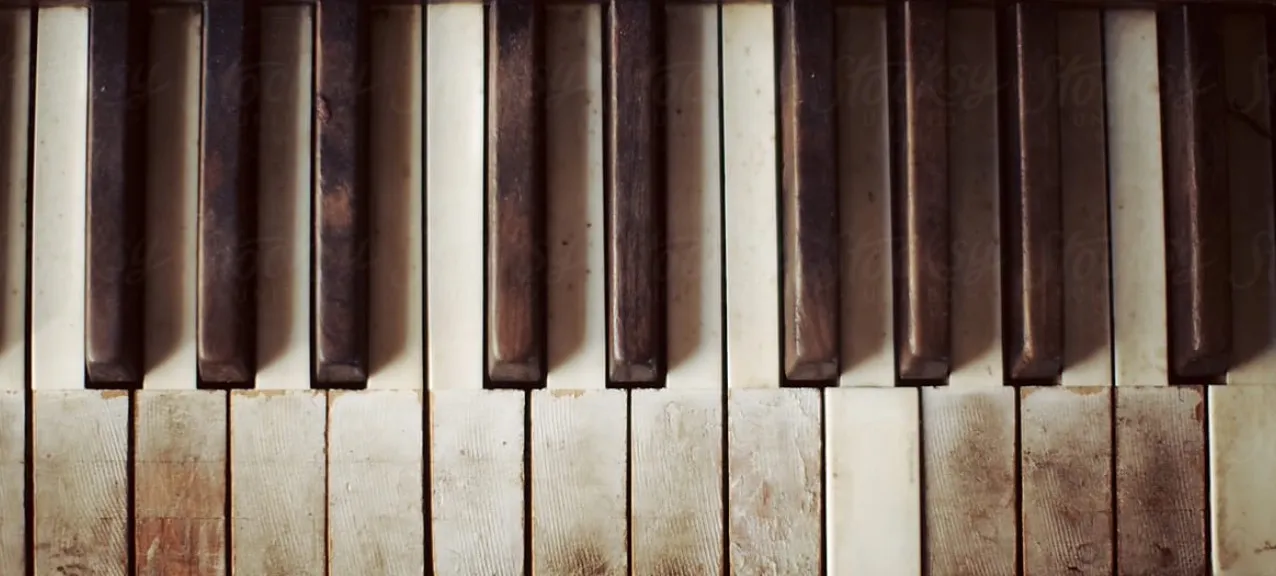
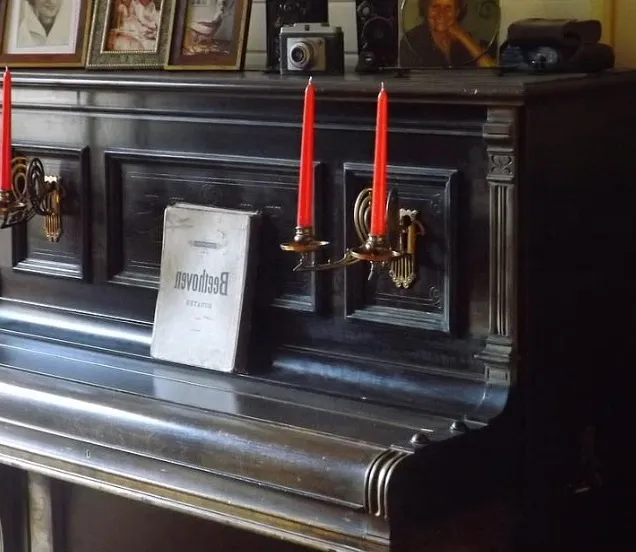
Let's start with the spoiler: most of these old, antique pianos have low to no musical value anymore. The cost of making them playable again would exceed many times the value of the finally recovered piano.
The fact that these instruments are labeled with all kinds of superlative labels (such as "Medaille d'Or" ) may suggest otherwise, but below we explain where this comes from. Please note that we are indeed talking about musical value here. Of course, such an instrument can still have a great emotional value (because it is a family heirloom), or an aesthetic value: they are often beautifully sculpted, solid wood furniture. But musically, it's not a good idea to invest in it.
Don't get us wrong, we are passionate about historical pianos. We are specialists and have more than 80 years of experience in piano restoration and overhaul. Chris Maene owns a unique collection of historical instruments in Ruiselede, and runs his own museum of Belgian Piano Building in Brussels. That is why we would like to clarify the difference between a valuable historical instrument and an old piano in this article.
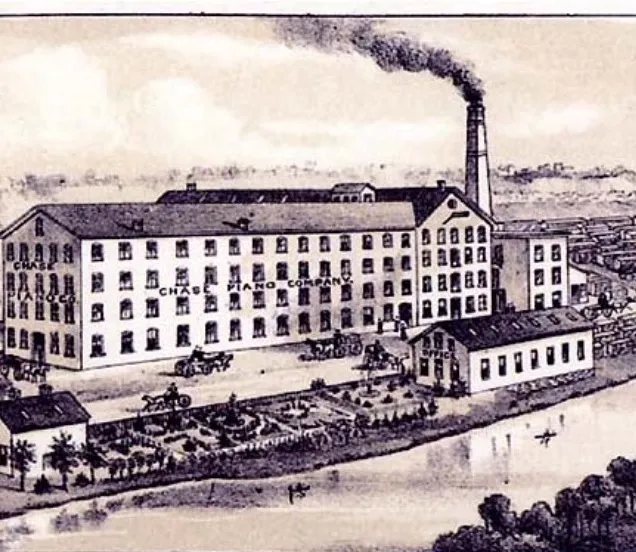
Where do all those old pianos come from?
On second-hand sites, you see hundreds of such old pianos on offer. Were there really that many pianos made? Indeed there were! From 1850 onwards, when industrial piano building began, the piano industry in Western and Central Europe grew steadily. Record players and radios did not yet exist, and playing music yourself was the only way to enjoy it at home! Hundreds of local piano factories saw the light of day (often only briefly). In almost every small Flemish or Dutch town there was a piano builder, and in cities such as Ghent and Brussels there were dozens of workshops where pianos were built. Also in the rest of Europe, there were thousands of small and larger piano factories, which delivered strongly varying quality. But even renowned furniture factories liked to build a piano (piece of furniture) as the icing on the cake: they bought the - often elementary - "interior parts" somewhere, and built an artistic piece of furniture around it. A smashing brand name, and a label with "medals" and other "prizes won" would finish the piece. The pianos in question are usually instruments built between 1850 and 1950. These elegantly designed upright pianos - often including candlesticks - are of widely varying (read: often inferior) quality. Often, such pianos have been in the possession of the family for generations. They are real heirlooms. They are literally and figuratively "part of the furniture", but have usually not been played or maintained for years. So it is possible that you exceptionally have a top instrument from the 19th century in your hands, but usually it is a piano that has never really played well.
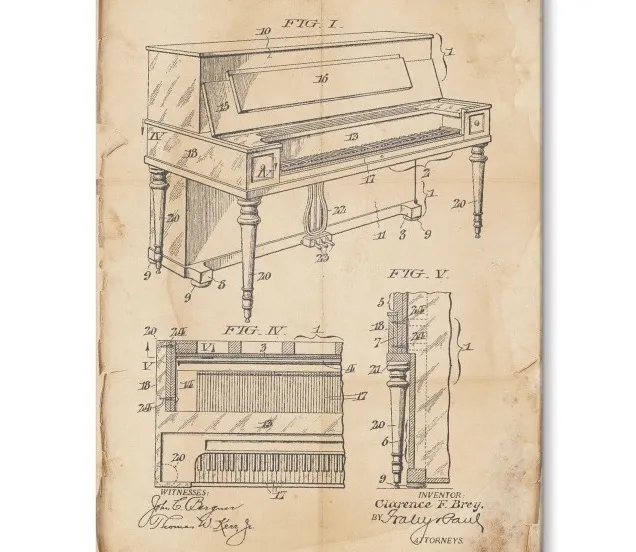
What actually determines the price and quality of a piano?
The large price differences between pianos that at first glance look almost identical can be traced back to three main things: the design of the instrument, the materials used, and the construction method. With a quality instrument, the design is invariably in the service of the highest possible quality. With cheaper pianos, the design is always adapted to achieve the best possible price/quality ratio. This also applies to the materials. A quality instrument uses woods, felts and metals that cost a multiple of those used in cheaper instruments. But also, the construction method and the production process differ enormously. The construction of a Steinway takes 12 months, while in cheap series production the lead time is sometimes less than a week.
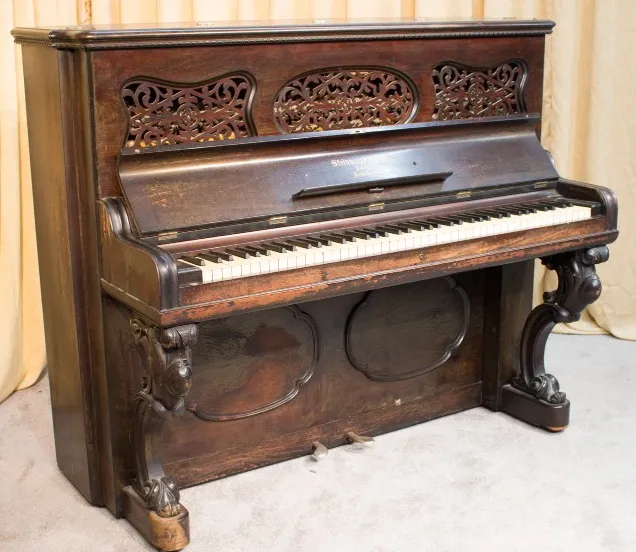
And what about the actual valuable historical instruments?
Popular top manufacturers from the 19th century, who did focus on top quality, such as Pleyel, Erard, Broadwood, ... did build quality buffet pianos. However, because of their age, they are often very different from contemporary buffet pianos: they sound and feel different from what you would expect from a modern instrument. So, this kind of instruments are very valuable for collectors, but not really for those who want to learn to play piano properly.
The older grand pianos of these brands do come closer to a contemporary instrument and are sometimes still really worth restoring. But beware, the restoration costs are often close to the price of a similar new instrument.
In the current market, this is only recommended for instruments by Steinway & Sons, the founder of modern piano building, followed by C. Bechstein and Bösendorfer. Pianos of other brands are exceptionally restored at the request of the customer, often because of family or emotional value.
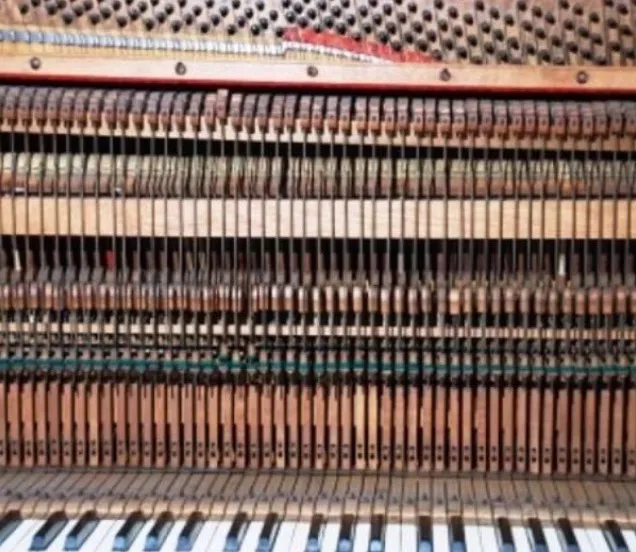
Newer is not always better. But often it is.
Such an old piano is quite different from the pianos you can find in the shops nowadays. They often still have old mechanisms, which are very difficult to maintain and adjust. Often there is no metal frame - in that case you can forget about a restoration in advance, the piano is guaranteed not to be tunable anymore. The development of the piano did not stand still during the last century. Since the 19th century, the build quality of buffet pianos has improved. Even when restored to their original level, older instruments usually do not come close to the possibilities of a modern study piano. The quality of a more recent piano will offer more guarantee of playing pleasure and the development of better technique (e.g. touch and pedal use) and musicality. Finally, you should take into account a higher maintenance cost in the long run, since you have a higher risk of technical defects, even after a thorough renovation. Repairs are often expensive and time-consuming, as parts have to be custom-made.
If your budget is rather limited, or if you really want value for money, you are better off with a new instrument or a good, recent second-hand piano.

